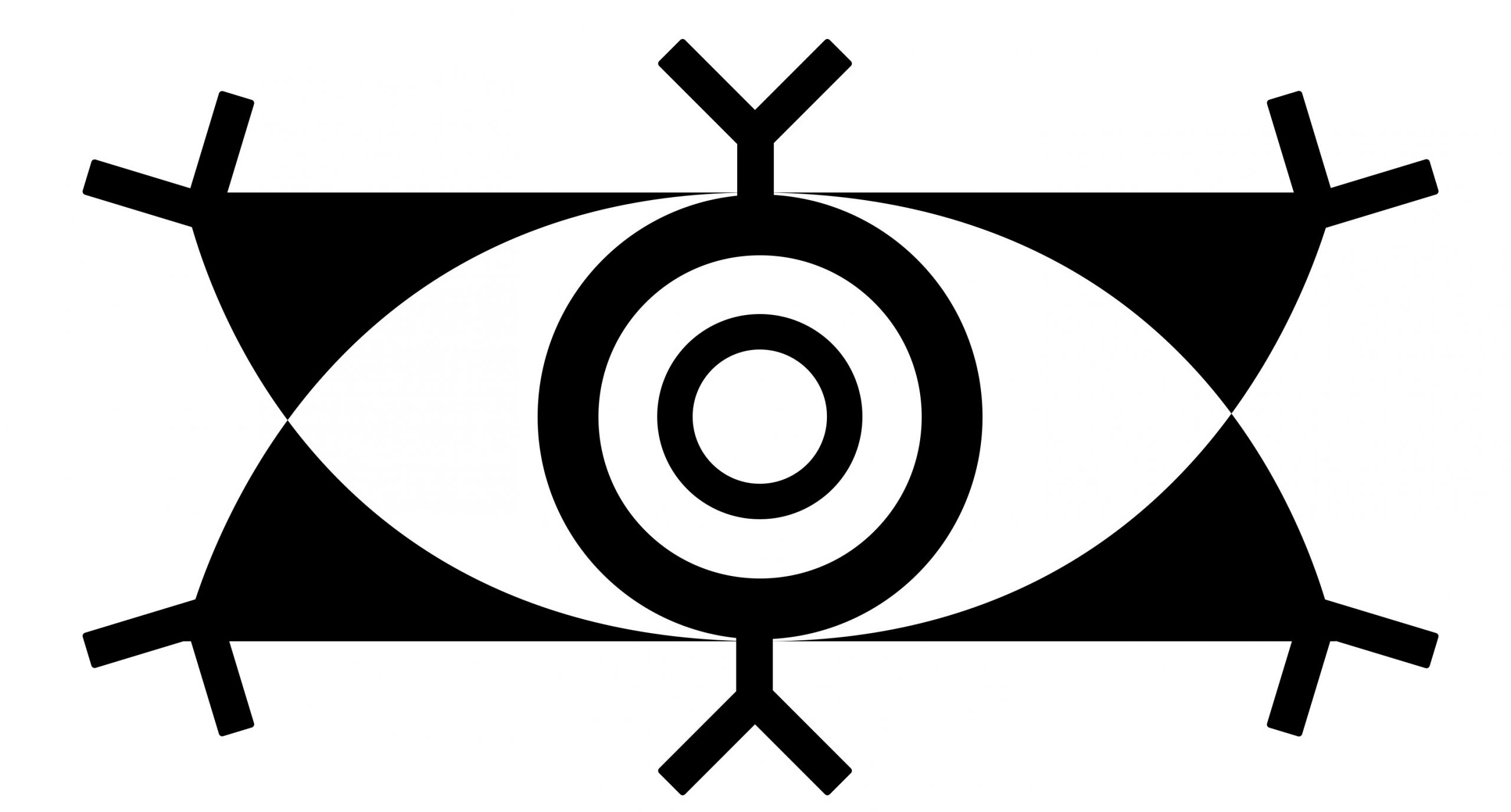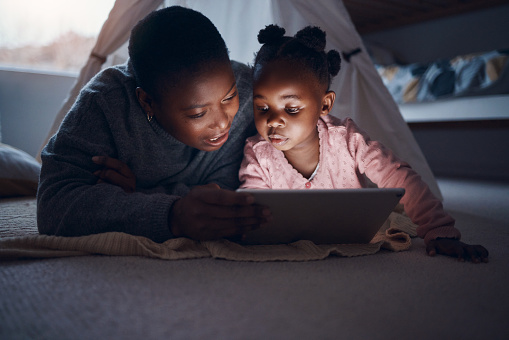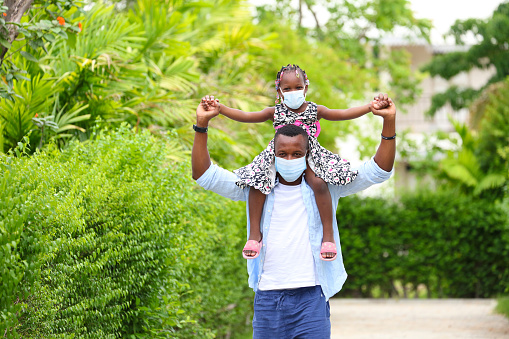It is found by a new study published in one of the world’s leading medical journals that there is a link between screen time and higher risk and severity of myopia, or short-sightedness, in children and young adults.
Eye health researchers and experts from Singapore, Australia, China and the UK, including Professor Rupert Bourne of the Anglia Ruskin University (ARU) reviewed more than 3,000 studies investigating smart device exposure and myopia in children and young adults aged 3 months to 33 years.
The authors, after analysing and statistically combining the available studies found that high levels of time spent on a smart device, such as looking at a cell phone, is associated with an approximately 30% higher risk of myopia, and when they are combined with overuse of computers, that risk has increased to around 80%.
The research comes due to COVID-19 pandemic as millions of children around the world have spent significant time using distance learning methods after schools were closed.
Professor Bourne, professor of ophthalmology at the Vision and Eye Research Institute at Anglia Ruskin University (ARU), said that about half of the world’s population is expected to suffer from shortsightedness by 2050. It is, therefore, a health issue that is on a quick and rapid increase. The authors also said that this study is the most comprehensive so far on this subject and shows a potential link between screen time and myopia or short-sightedness, in children and young adults.
Due to school closure, children tend to spend more time than ever staring at screens for long periods of time and it’s clear that urgent research is needed to better understand how exposure to digital devices can affect our eyes and vision. Future studies should use objective metrics to capture this information as people tend to underestimate the time spent using their smartphones and computer.






